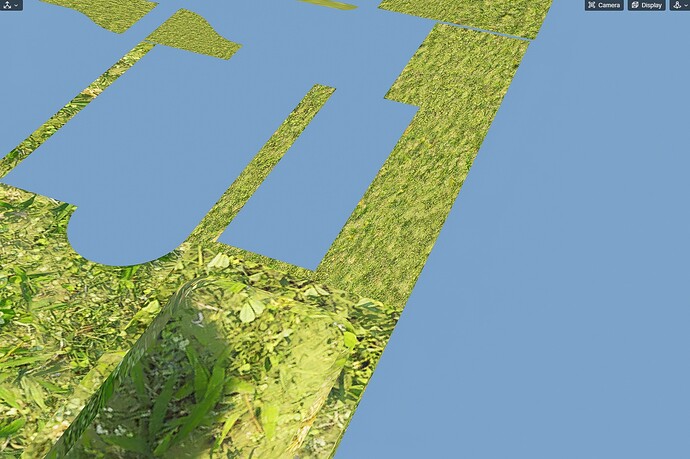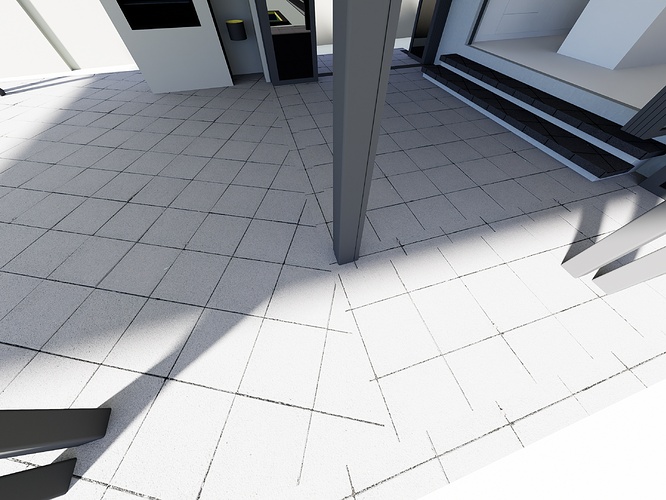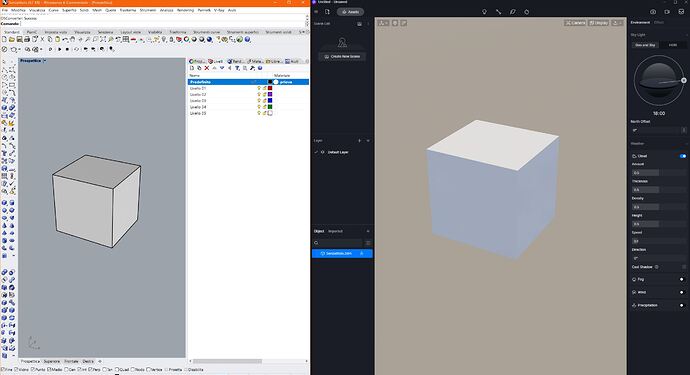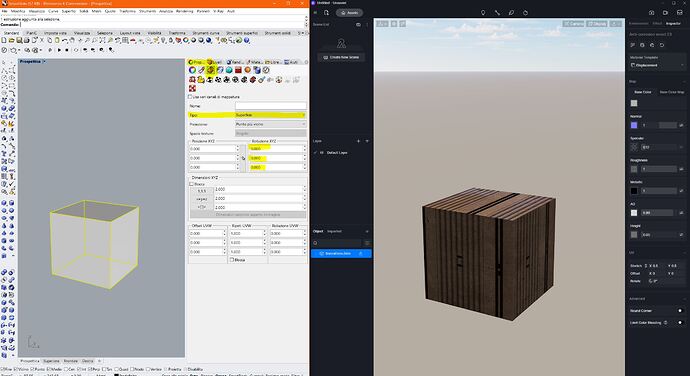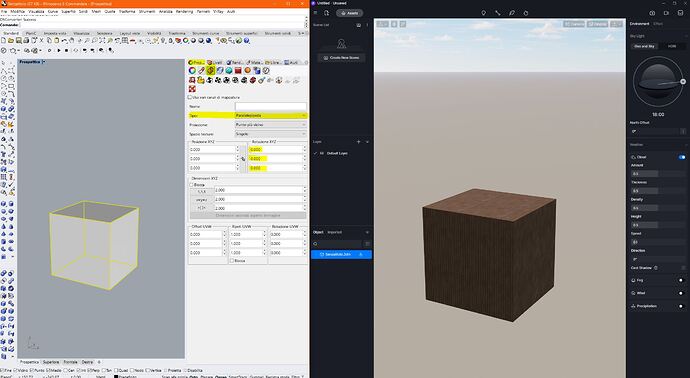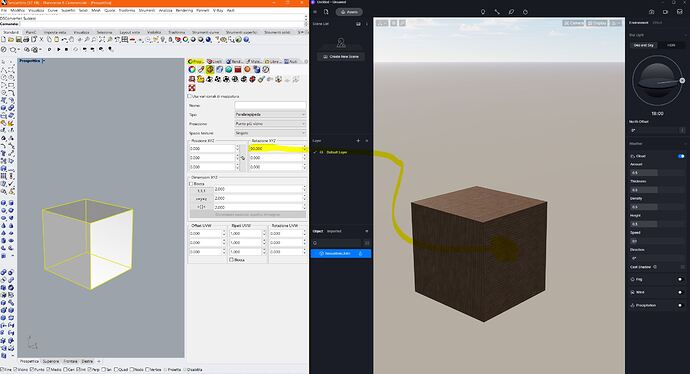importing or linking a model from rhino, having multiple surfaces or objects of different shapes and sizes on the same rhino layer, when I apply a material in d5 I have problems with the amppation scale, because the texture on the various surfaces has different scales and I cannot bring them all to the same scale.
Hi marcello, sorry for the late reply, I just found this topic here. What modeling software do you use for this model? I guess it has different UV on this material, so D5 recognizes that. You can edit the UV in modeling software then try again, also turn on/off triplanar then see the result.
Hi I use Rhinoceros, but I didn’t create materials with Rhino, or rather only white materials without textures. I’ll try to see if changing the UV from Rhino changes anything. Thank you
Good day Oliver.
I seem to have sort of the same issue as @marcello.cesini.
I created my main model in Revit, and when I assign a material, it seems to generate with chaotic coordinates. This issue can be resolved when I use the Custom Material workflow with triplanar UV’s turn on, however when I need to use the Displacement workflow I can’t get around this.
Is there any way to resolve this issue? I’m really enjoying D5, especially of the 2.3 update, and would like to replace Lumion with it as my main render software.
All surfaces in the above image have the same material assigned in Revit
theres a simple solution for your problem,
I just assign each area with different material at the modelling software,
then adjusting it to your liking at D5, hope it help
Hi, I solved the problem, I insert the cubic or parallelepiped mapping from rhinoceros. If I have 2 pieces (eg external deking) that must have the axes rotated by 90 degrees, I change the rotation of the mapping from Rhinoceros from object to object. Even the scale (in case an object is with larger or smaller mapping)
Hi, thank you for the solution, yes, currently we do not support reading World coordinates UV yet, espeically when Triplanar is unavailable for some materials. But I am curious about the solution you mentioned. Could you show me screenshots and tell me why and how you rotate the UV by 90 degrees?
